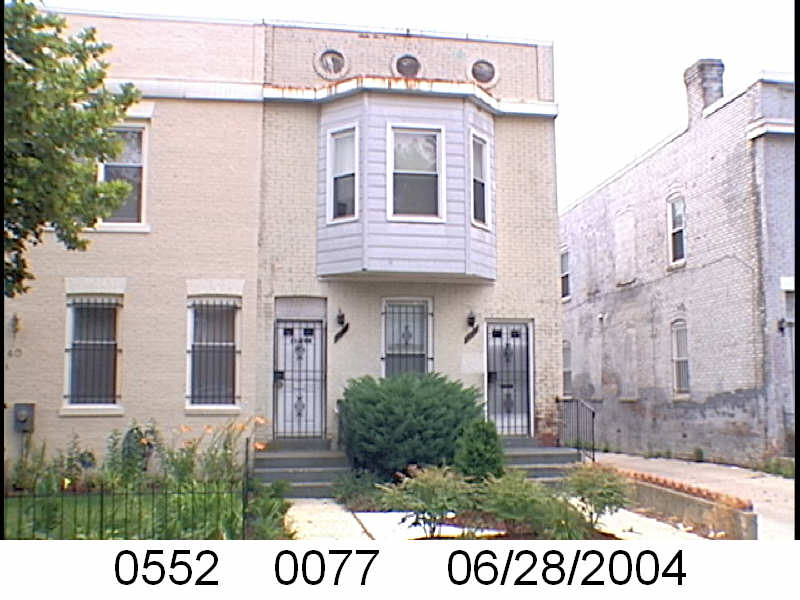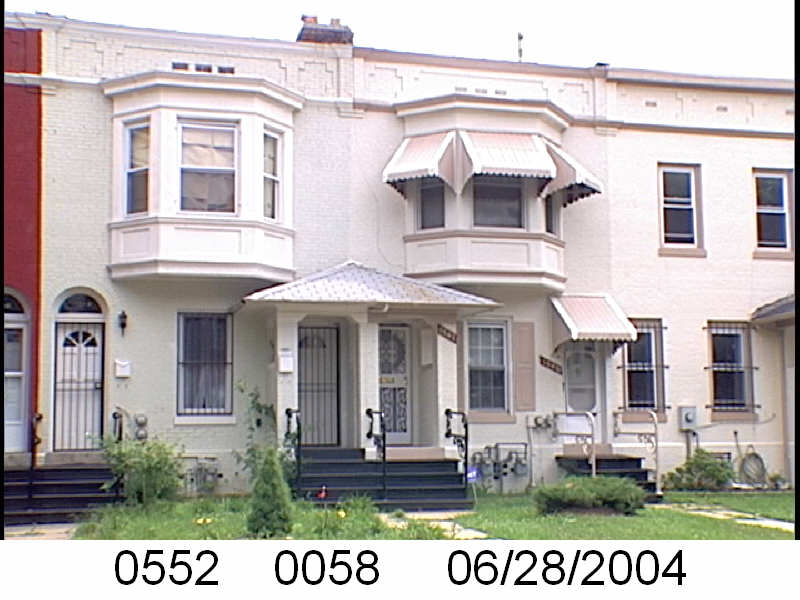The Washington Sanitary Improvement Company (WSIC) was a late 19th century charitable capitalism experiment that ended in the 1950s. This blog started looking at the homes that were supposed to be sold to African American home buyers, after decades of mainly renting to white tenants.
Looking at WSIC properties they tend to have a pattern where the properties were sold to a three business partners, Nathaniel J. Taube, Nathan Levin and James B. Evans as the Colonial Investment Co. for $3 million dollars. Those partners sold to African American buyers. There was usually a foreclosure. Then the property wound up in the hands of George Basiliko and or the DC Redevelopment Land Agency (RLA). Then there were the odd lucky ones who managed to avoid that fate.
Let’s see what happens with 219 Bates St NW:
- January 1951 Evans, Levin and Taube sold one-half of 219 Bates NW to Alma L. and Andrew A. Simms.
- January 1951 the Simms borrowed $2,525 from Colonial Investment Co. favorite trustees Abraham H. Levin and Robert G. Weightman.
- December 1950 (Recorded 05/01/1951) Evans, Levin, and Taube sold the other half of 219 Bates St NW to Ella B. and Richard H. Simms.
- December 1950 Ella and Richard Simms borrowed $2,525 from trustees Abraham H. Levin and Robert G. Weightman.
- April 1954 Alma and Andrew Simms lost their half to foreclosure and Evans, Levin and Taube regained possession of the property via an auction.
- June 1959 new Colonial Investments partner Harry A. Badt, Evans, Taube, the survivors of Nathan Levin and their spouses, as part of a large property package, sold 219 Bates to Sophia and George Basiliko.
- October 1960 the remaining Simms lost their half of the house to foreclosure. Badt, Evans and Taube regained ownership via an auction.
- February 1961 Badt, Evans, Taube, Nathan Levin’s survivors and their spouses sold the remaining half to George Basiliko.
- July 1970, as part of a larger property package (document 1970011877), Sophia and George Basiliko sold 219 Bates St NW to the District of Columbia Redevelopment Land Agency (RLA).
- August 1979, as part of a larger property package (document #7900028039), DC RLA sold/transferred the house to the Bates Street Associates Inc.
This house fits the unfortunate pattern. There were foreclosures, it went to the Basilikos, DC RLA and eventually the Bates Street Associates.
So with the two Simms households I had to figure out if and how these people were related. Andrew Augustus Simms born in La Plata, MD on December 1924, married Alma Lucy Moore June 30, 1942 in DC. Richard Hubert Simms was his younger brother born August 1927 in DC. Richard married Ella Elizabeth Butler in June of 1946.

So they were related. This seems to have made the story more tragic.









